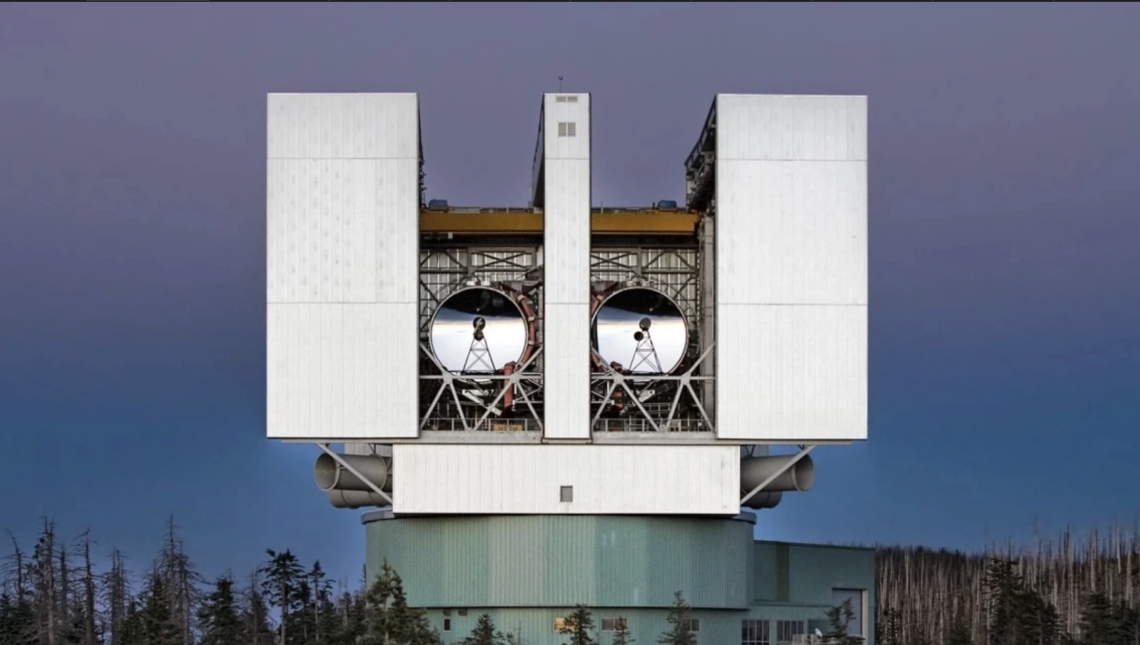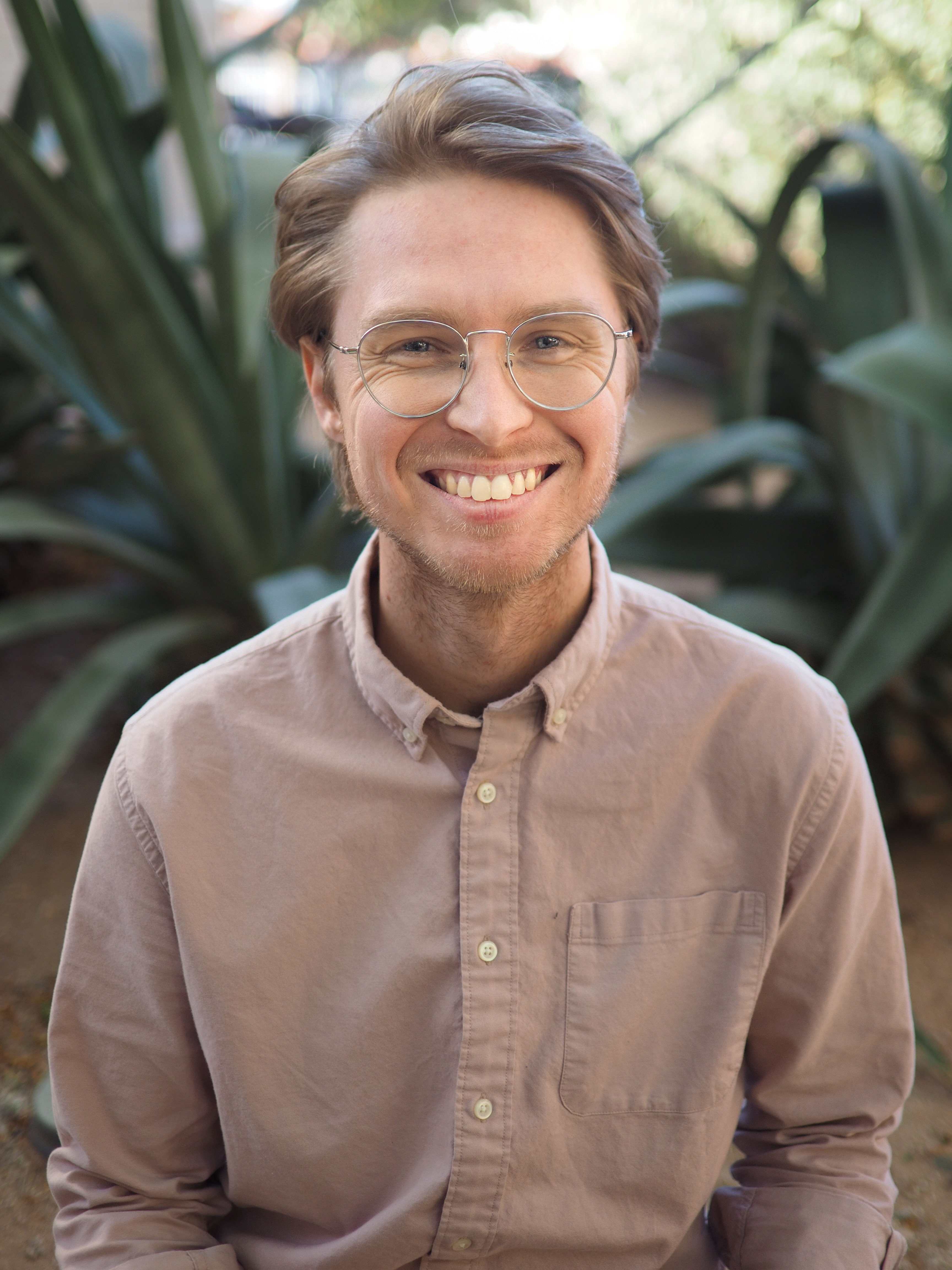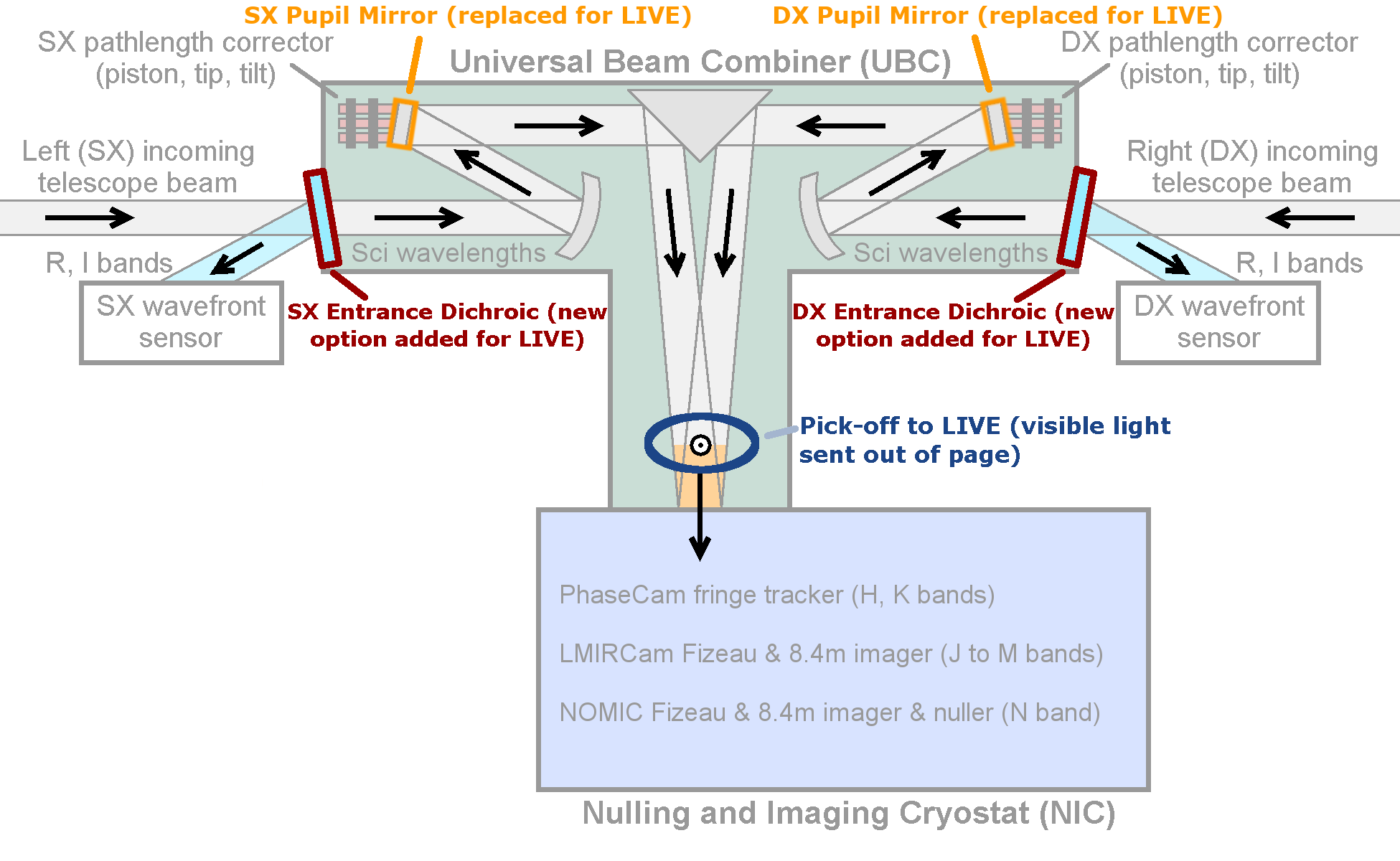NSF funds Steward Observatory postdoc's effort to sharpen view of the cosmos

The project enhances LBT’s visible-light capabilities, advancing U.S. leadership in next-gen astronomy
Jacob Isbell, a postdoctoral researcher in the University of Arizona Department of Astronomy, has been awarded nearly $1 million from the National Science Foundation to lead the development of a breakthrough optical instrument for the Large Binocular Telescope. The LBT Interferometer Visible Extension, or LIVE, will dramatically expand the telescope’s capabilities in visible-light imaging, enabling scientists to observe the universe at unprecedented resolution.
“I’m thrilled about what the LIVE project makes possible,” said Isbell. “LIVE is an international collaboration that will take proven techniques developed for the LBTI and extend them into the visible-light regime, opening up a new view of the universe.”

Jacob Isbell
It is exceptionally rare for a postdoctoral scholar to receive this level of competitive federal research funding as a principal investigator. Isbell’s selection speaks to both his extraordinary promise and the university’s deep commitment to empowering early-career researchers. His award also supports the university’s strategic imperatives by advancing research excellence and creating experiential learning opportunities for undergraduate and graduate students who will be involved in the project.
“Projects like LIVE help us confront some of the most profound questions in science—how stars live and die, how planets form, and where life might exist beyond Earth,” said Tomás Díaz de la Rubia, senior vice president for research and partnerships. “It’s this kind of bold, curiosity-driven research that positions U of A at the leading edge of discovery”.
Built on the platform of LBT’s twin 8.4-meter mirrors—together functioning as a single telescope with a 28.8-meter mirror through interferometry—LIVE will allow researchers to image fine structures in protoplanetary disks where planets are born, detect changes on moons like Io and Europa, and map the dynamic environments around supermassive black holes.
The instrument will become part of the LBT Interferometer, a strategic instrumentation-development and science suite led by LIVE co-Investigator Steve Ertel, associate astronomer at Steward Observatory. LIVE’s extreme resolution, down to 4–5 milliarcseconds, positions it as a critical pathfinder for the nation’s forthcoming Extremely Large Telescopes.
"The LIVE award will provide important new capability at the Large Binocular Telescope and will result in exciting advances in our knowledge of the cosmos," said Joseph Shields, LBT Observatory director. "This initiative continues LBT’s tradition of discovery driven by innovation."
The project, an international collaboration with participants in Germany, Italy and Mexico, will also provide immersive, hands-on training in adaptive optics, interferometry, and optical engineering to undergraduate and graduate students. In keeping with the university’s land-grant mission, LIVE bridges foundational research with educational opportunity—preparing tomorrow’s scientists while ensuring that the benefits of discovery reach far beyond the lab.
“Congratulations to Jacob for leading a successful proposal to NSF at a time of unprecedented competition for support," said Buell Jannuzi, Head of the Department of Astronomy and Director of Steward Observatory, "and our thanks to the University of Arizona, one of the few leading research Universities that continues to allow postdoctoral research associates to PI major proposals, to the benefit of both our postdocs and our University.”

LBTI Schematic with LIVE modifications labeled. The SX and DX pupil mirrors will be replaced with flatter mirrors suitable for visible-wavelength observations. A new entrance dichroic will be added to a selector wheel on each of the SX and DX sides. Finally, a new pick-off mirror will be added to send visible light to LIVE and infrared light to LBTI science cameras.
Steve Ertel

